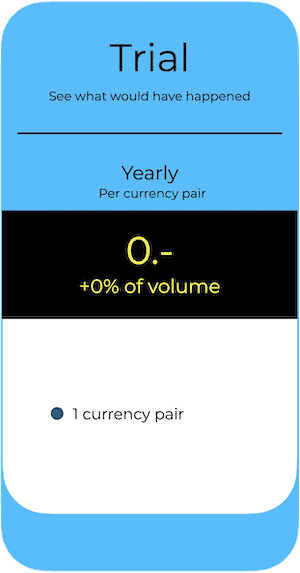The Race is on! Who Will Last the Longest?
In recent years, I have repeatedly pointed out that it is no surprise that the US is growing faster and is more productive than Europe, because, unlike in Europe, credit growth was not reduced, but instead massively stimulated. Massive debt expansion has consequences, as Italy and Greece in particular can confirm. While it is easy to incur debt, consolidating it is very difficult, especially in a democracy. In Europe, this was achieved in Greece and Italy because, alongside the ECB, Germany and France also provided sufficient credibility 15 years ago.
Trump Recognises the Danger to the US
Would you tell your negotiating partner at the outset that you must buy their product ‘at any price’? Hardly. Following the debt bonanza that began under Trump and was massively inflated by Biden, the US has found itself in a precarious situation. The situation has become particularly tense as a result of the sanctions imposed on Russia. Countries in the Global South are increasingly concerned that they, too, will become targets of US attacks, given that the US uses the USD as both the world’s reserve currency and a weapon. If creditors are concerned, they will demand higher interest rates and think twice about continuing to invest in such a one-sided manner.
Over the Past 15 Years, the US Has Been a Magnet for Capital
The US is by far the world’s largest debtor in terms of both government and corporate bonds. It is also the leading destination for investment in equities and other forms of equity capital. The US stock market now accounts for over 70% of the global stock market capitalisation, standing at over 200% of US GDP. Demand for investment opportunities creates demand for the US dollar.
Over the past 15 years, portfolio investments have been a resounding success for the US stock market and for venture capital flowing into US companies. Historically, such one-sided flows have always come to an end. Investors have NEVER been willing to admit this until it was too late. However, the global financial crisis and the European debt crisis have made major international asset managers more vigilant.
The Valuation of US Assets Has Reached Bubble Levels
US government debt has risen at an unusual pace to reach unsustainable levels. While a direct default is unlikely, a painless process for dealing with it is unthinkable.
Historically, US stock markets have been valued at a high level. There will be a trigger that bursts this bubble, but it is unclear whether this will happen in the short term or in a few years’ time. One thing is certain: it will not happen for the time being.
However, it is also certain that debt and high stock market valuations have had a mutually beneficial effect, giving rise to ‘American exceptionalism’.
If one of these two bubbles were to burst, it would certainly have consequences for bond yields and stock market valuations.
In My Opinion, 2025 Will Mark a Turning Point
Although portfolio investors continued to buy US stocks in Q2 and Q3, they no longer avoided using the USD as an additional source of profit, fully hedging the currency. This meant that the USD was unable to recover alongside the stock markets.
Global 30-year bond yields are rising because further debt expansion in the US is certain and will accelerate the expansion of debt elsewhere in the world (albeit from a lower starting point). Problems in this market are approaching, but will be delayed for the time being by interest rate cuts at the short end.
Stock markets will continue to be buoyed by new debt, tax cuts and investment programmes in the coming year, so a sustained collapse is unlikely. However, the USD will remain weak, although it will no longer fall so dynamically.





